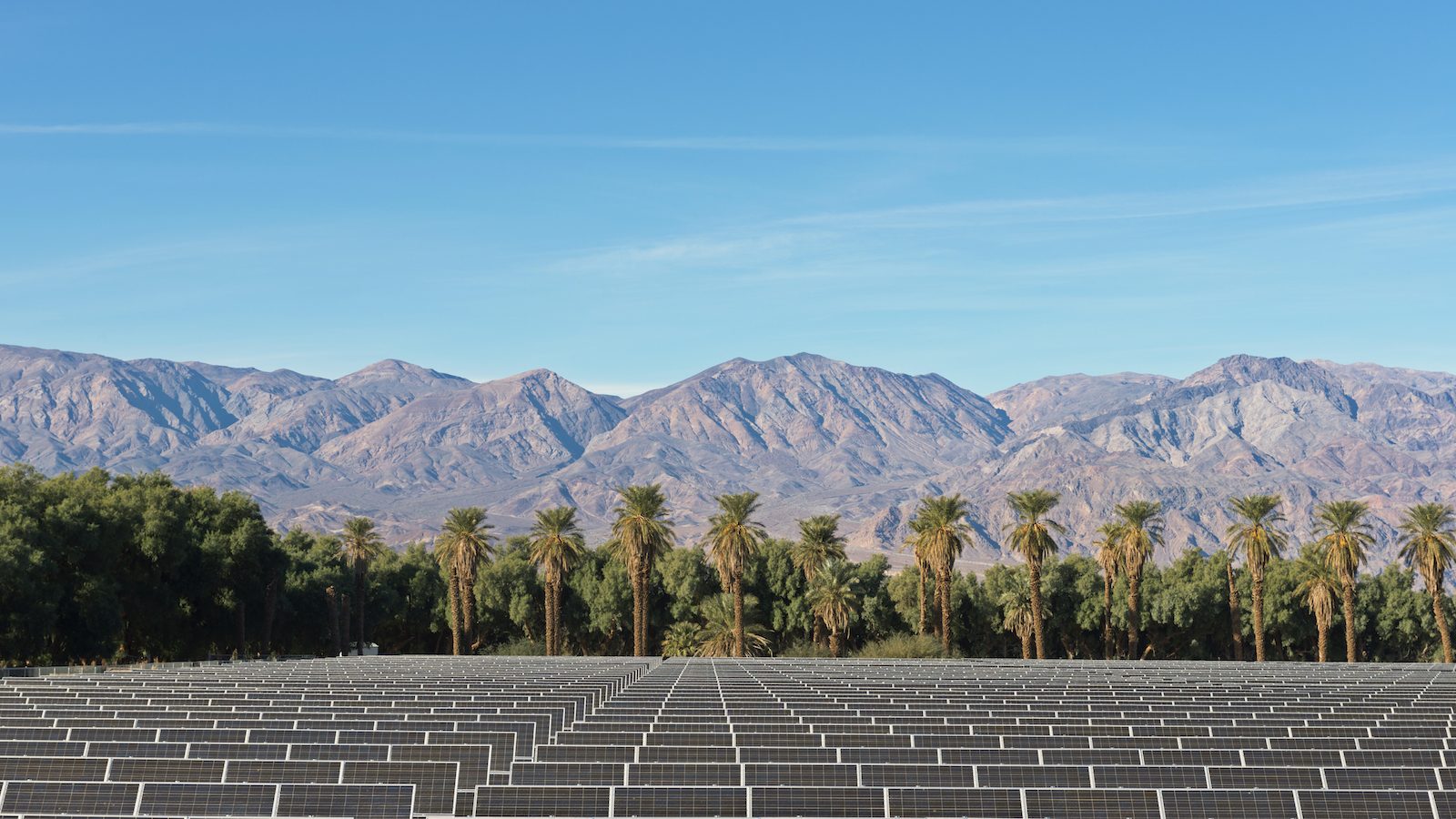California just made a massive order for clean electricity.
On Thursday, the California Public Utilities Commission approved a plan that requires utilities to buy 11.5 gigawatts of zero-carbon electricity by 2026. That’s a lot: Between a third and a fifth of the electricity California is using at any given moment.
“This is a landmark decision, I don’t think it is hyperbole to describe it as such,” said Commissioner Clifford Rechtschaffen. The directive calls for “an unprecedented amount of clean energy,” he said.
It’s an especially significant decision because it’s not primarily intended to boost clean energy, but to ensure that California doesn’t have blackouts.
In the past, many states have boosted renewable energy with subsidies or mandates, but when it came to the basic job of making the lights go on when you flip the switch, they fell back on fossil fuels. But on Thursday, with a unanimous vote, California’s Public Utilities Commission enshrined the plan to bolster its electrical capacity so much with clean energy — like geothermal plants, and solar panels backed up by batteries — that it reduces the risk of its grid going dark. Renewable energy has finally gotten its moment to step into the spotlight, said John White, executive director of the Center for Energy Efficiency and Renewable Technologies.
“We are now thinking about renewables to meet our needs — not just to check the box,” he said.
The commission ordered the massive addition of gigawatts because California has been bumping up against the limits of it’s electrical system. Last summer, when a heatwave engulfed the region, and air conditioners began gobbling up electricity, demand exceeded the available supply and the people managing the grid had to shut down power to swaths of the state.
California’s demand for electricity is rising at the same time that the state’s old coal plants are shutting down. And California’s last nuclear plant, which has long accounted for 8 percent of the state’s electrical generation, is slated to shut down in 2025. Persistent droughts mean that there’s less water to spin hydroelectric turbines.
“The bottom line is that we need more capacity,” said James Sweeney, an energy economist at Stanford University who wrote a book on California’s 2001 electricity crisis. “We’ve been running close to the margin for a while now. If you are too close to the margin and you are hit with a heat wave, and a drought — which sounds like California today — you could be in the soup.”
It makes sense for California to order up more power plants, but Sweeney isn’t convinced that it makes sense to completely exclude new fossil fuel plants from the mix. The most influential role that California can play in cleaning up world emissions is in providing proof of concept. Prove that it can be done cheaply and other states and countries will copy the California model, he said. “If you create a model and the cost is too high, you will create reasons for them not to follow you,” Sweeney said.
Nobody knows for sure how much this order for new generation will raise electrical rates. After the Utilities Commission makes a decision like this, the individual utilities have to go out and pay for new power plants, batteries, or programs to reduce peak energy demand. Those things cost money, leading to higher rates. In the long run, White said replacing fossil fuels with renewable energy should reduce costs. Sweeney agreed that in some cases that would be true. But he added, “If clean energy were always cheaper they wouldn’t have to tell the utilities they have to buy clean energy, they would be doing it anyway.”



